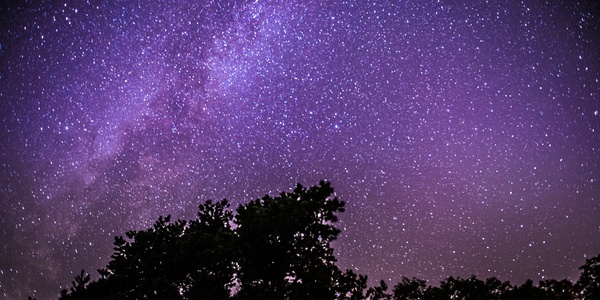
2018- An Exciting Year Of Celestial Events
One cannot help being in awe of the sky, stars and the universe beyond. This year spells good news for all skygazers as there is a string of celestial events lined up. The first day of the year began with the supermoon and you can witness another on January 31. A supermoon is a full moon that approximately coincides with the closest distance that the Moon reaches to Earth in its elliptic orbit, resulting in a slightly larger-than-usual apparent size of the moon as seen from Earth. January 31 is significant as along with the supermoon you will be able to witness the blue moon and a lunar eclipse all on the same day. Blue moon is a second full moon in a calendar month. This type of convergence is a rare phenomenon, so no wonder that people are gearing up for skygazing sessions. There is more in store for astronomy enthusiasts. Apart from two blue moons this year which is a rarity, there will also be two lunar eclipses. It is a rare phenomenon to have two lunar eclipses in one year. The second blue moon will take place on March 31 while the second lunar eclipse will occur on July 27-28. Enthusiasts will get to view total lunar eclipse on July 27 after seven years. On this day, people will get to see the moon being eclipsed gradually, which last happened on December 10, 2011. People will get to witness all phases of the eclipse. This year is really special as astronomers predict that the Leonid Meteor Shower, that occurs around November 17-18 every year, might be visible for an additional day. This phenomenon occurs when the earth passes through the debris left by the comet Temple-tuttle. In addition to this debris, it is also set to pass through another old debris cloud which might make the showers visible for a longer duration. So this year the showers will be visible from November 17-19. The king of meteor showers, Geminids produces up to 120 multicolored meteors per hour at its peak. This spectacular celestial show will be visible on December 13-14. According to astronomy expert, Mayuresh Prabhune, India will enjoy good visibility of both total lunar eclipses and during the meteor showers, the moon phases are going to be such that the visibility will be good. Mars, the Red Planet will also be at its closest point to earth and you will be able to view Venus in March. So don't forget to grab your binoculars and watch these fascinating celestial shows.
